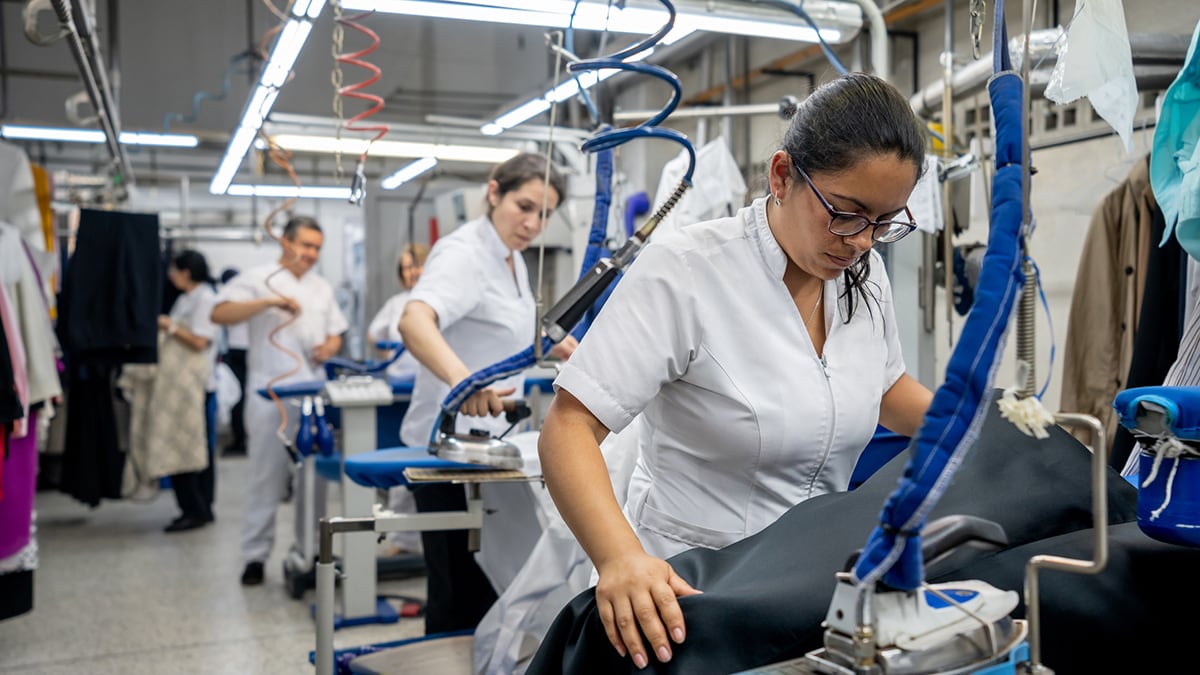Key points
- Studies show that some solvents might cause birth defects, miscarriages, stillbirth, low birth weight, and preterm birth.
- Review safe handling instructions for the products you use at work.
- Reduce or eliminate your exposure to certain solvents during pregnancy as much as possible.

Understanding solvents

Solvents are chemicals, usually liquids, used to dissolve other substances.
Some common solvents that might have adverse health effects include:
- Perchloroethylene
- Benzene
- Toluene
- Turpentine
- Methyl acetate
- Hexane
- Chloroform
- Xylene
Why I should be concerned about exposure to solvents
Not all solvents are hazardous to you or your reproductive health. However, some studies have linked specific solvents (or groups of solvents) to reproductive problems in both men and women. Problems include hormonal changes, reduced fertility, and pregnancy problems like miscarriages, babies with low birth weight, preterm birth, and birth defects. Solvents can pass into breast milk.
The studies linking solvents to reproductive problems are limited. Results sometimes differ because workers may use more than one solvent at a time. This makes it is hard to know which solvent is causing a problem. Several solvents containing carbon (organic solvents) or chlorine (chlorinated solvents) have been linked to some level of increased reproductive risk.
Who is at risk
- Laboratory workers
- People who work in printing shops
- Dry cleaners
- Metalworkers
- Oil and chemical industry workers
- Painters and artists
- Cosmetologists, beauticians, and nail salon technicians
What I can do to reduce or eliminate exposure
For all workers
Talk to your employer to find out what solvents are used in your workplace. Review safety guidance for handling these solvents, and:
- Increase ventilation as much as possible
- Avoid breathing solvent vapors, skin contact, or splashing liquids
- Wear appropriate personal protective equipment (PPE)
- Wash your hands after handling solvents
- Learn how to prevent take-home exposure
Keep in mind that smelling or not smelling a chemical doesn't mean you are safe or not safe. Harmful levels of chemicals cannot always be smelled, and some much less hazardous chemicals have an odor.
If you are working with solvents in a laboratory, identify a certified ventilation hood and use it correctly for solvent work.
For pregnant or breastfeeding workers
If you work with solvents that might be reproductive hazards talk to your supervisor or workplace safety officer. See if it’s possible to avoid duties with solvent exposure during pregnancy and breastfeeding. If this is not possible, discuss ways you can reduce exposure.
Guidelines for safe levels of exposure to some solvents have been developed (OSHA PELs and NIOSH RELs). However, these were developed for normal adult non-pregnant workers, and they do not consider effects on reproduction. Most solvents do not have guidelines for exposure limits.
Resources
Getting help
Talk to your supervisor or occupational safety officer about any concerns you have about solvent exposure at your workplace.
For information on the Pregnant Workers Fairness Act, please see resources from the U.S. Equal Employment Opportunity Commission (EEOC) website.
Talk to your doctor about potential hazards at work. Make sure to mention that your job exposes you to solvents.
Where can I get more information?
- Learn more about personal protective equipment (PPE) in pregnancy.
- Learn more about preventing take-home exposure.
